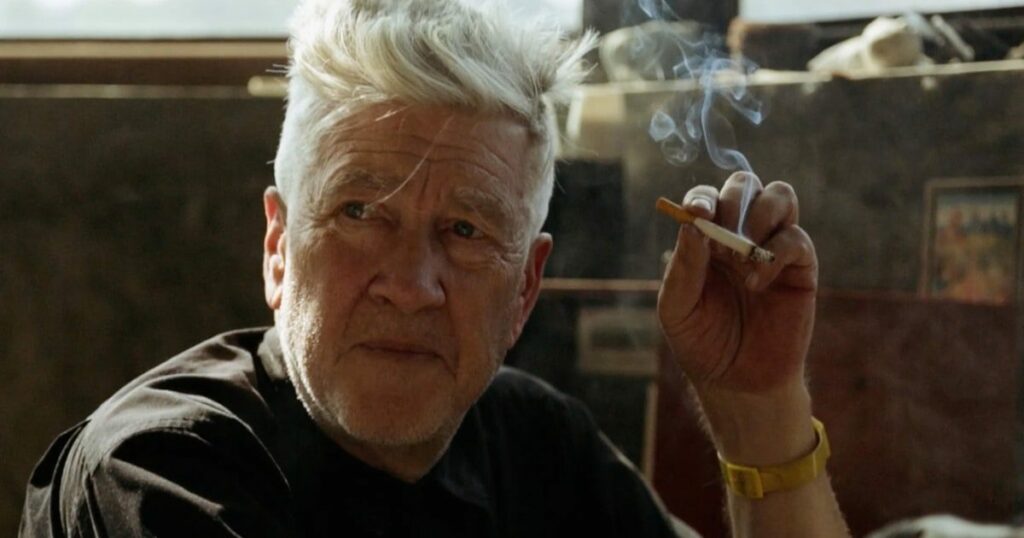When one speaks of surrealism and experimentation within the world of film, it goes without saying that the household name of David Lynch comes into play. Known for his auspicious works such as Eraserhead (1997), The Elephant Man (1980), and Mulholland Drive (2001), the enigmatic filmmaker has established an everlasting impression onto the Cult film circuit for decades. As Lynch is arguably one of the most innovative and diverse auteurs of our time, it seems only right that cinephiles and art fanatics must have wondered about the insights and thought process of the eccentric’s mind.
The auteur-biographical documentary “David Lynch: The Art Life” directed by Jon Nguyen, showcases a period of artistic development from Lynch’s youth leading up to his first feature, Eraserhead. The documentary narrated by none other than Lynch himself, focuses on him puttering around his wooden home-studio in the Hollywood Hills alongside toddler daughter, Lula whilst depicting a personal account of his early creative process.

For cinemagoers who were expecting a breakdown of Lynch’s major works, they might leave dissatisfied as this documentary revolved around the intimate study of the man himself with his lopsided perspectives. But as Lynch was known as the man of ambiguity and generally reserved throughout his interviews, it’s hard to complain as this documentary takes us a step closer to meticulously understanding his perplexed and puzzling world.
Beginning from his childhood days, Lynch and his family travelled from one white picketed fence suburb to the next—as he described that his world was no larger than a few blocks. Yet, Lynch grew up as anxious, complex, and peculiar child which may have led him to become the aspiring artist he was made to be. While he was reminiscing about his happiest adolescent moments, there was a slight tinge of the abnormal in them.

In one dark recollection, Lynch was reciting a memory regarding a faithful night of childhood suburban bliss when it was overturned by an abrupt encounter with a naked, hysterical, and bloodied woman emerging from the woods, only to end up weeping by the kerb of their streets. With sounds of his baby brother crying in the distance, the frightened young Lynch only managed to describe the experience as “otherworldly”. It’s no surprise to Lynch enthusiasts that the 1986 cult classic, Blue Velvet, was stemmed from this exact traumatic memory from his early youth.
While Lynch was sharing tales of his adolescence in the fashion of an 80’s therapist sitting on a red lounge chair with a cigarette in hand, director Nguyen overlaid it with a combination of archival footage from the filmmaker’s youth and contrasted it with a contemporary film of the older Lynch in his home studio. Throughout the documentary, montages of Lynch’s personal artworks, sketches and paintings often seen as grotesque and exquisite with no lines in between filled the screen almost in hope of projecting a certain confession towards the audience. With such ways of directing, Nguyen paid homage to Lynch himself by recreating a unique contrast between the mundane and iniquitous through this documentary.




